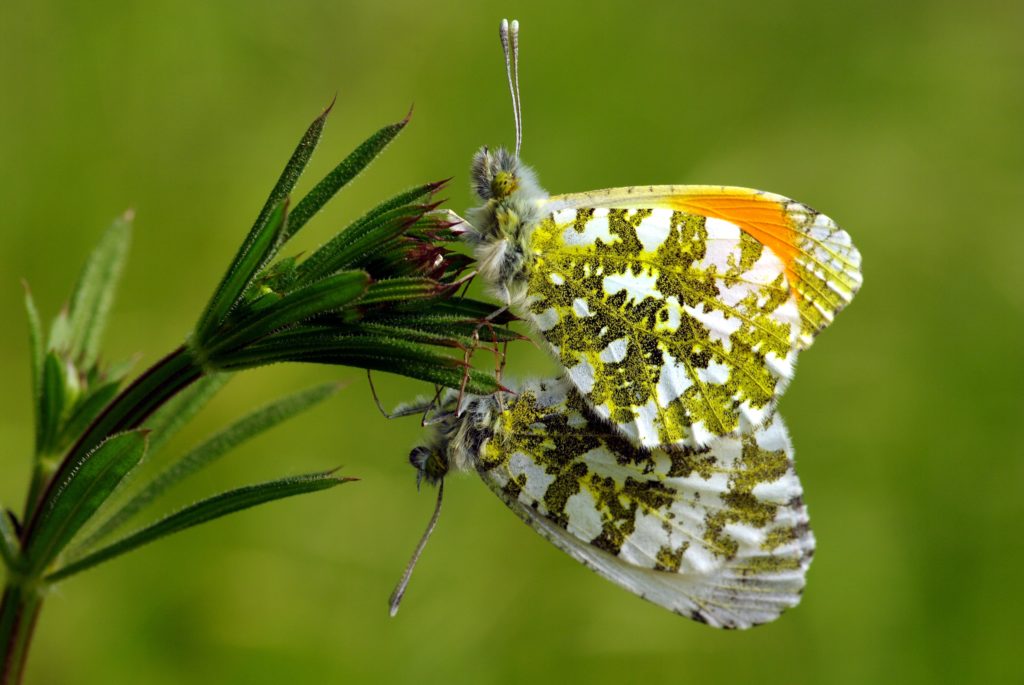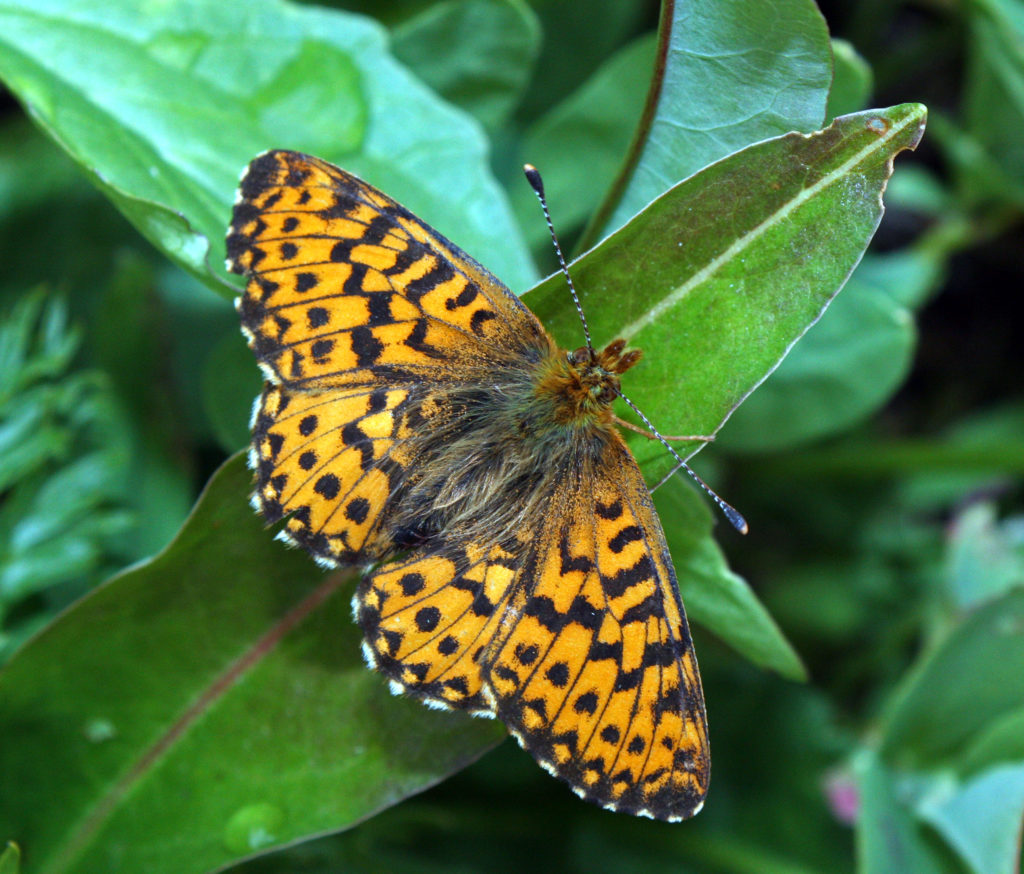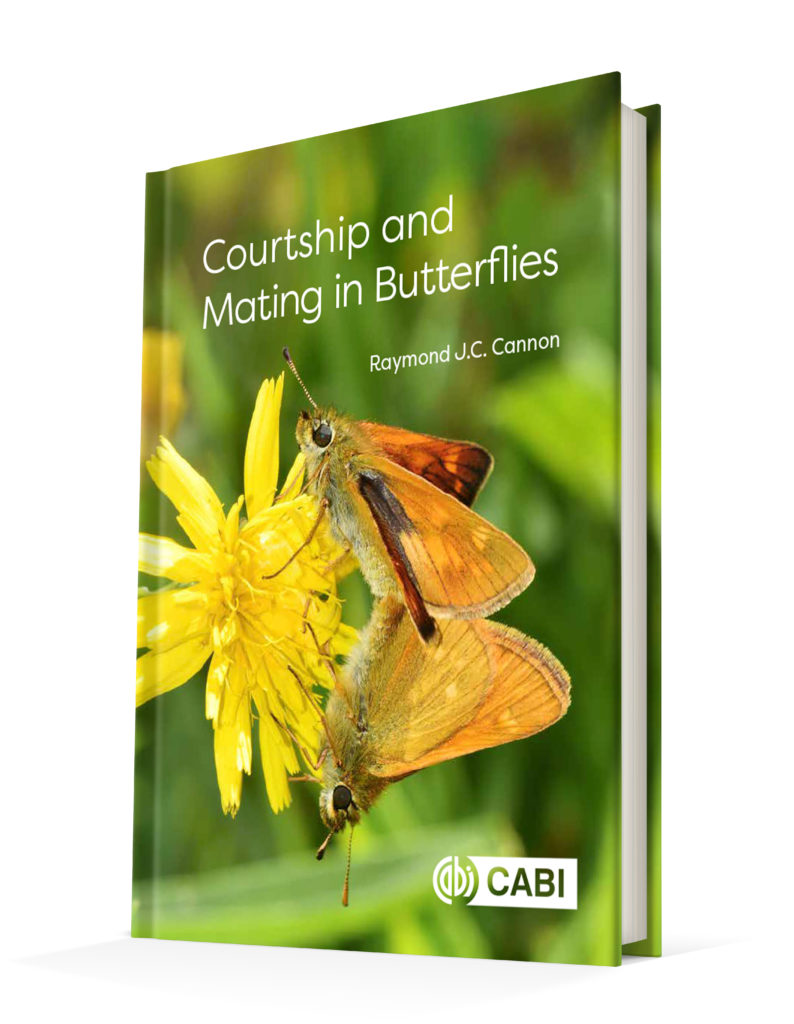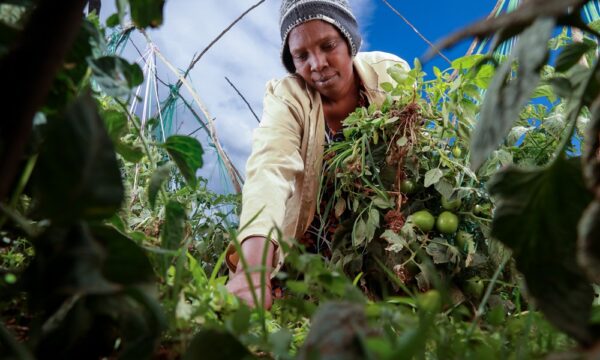This article was originally posted on Ray Cannon’s Nature Notes.
We have heard a great deal about climate change in the last year, with protests by Extinction Rebellion activists in London and the incredible teenager, Greta Thunberg reading the riot act to delegates at the UN, condemning world leaders for failing to act on global warming. And last, but not least, the terrible bush fires in Australia, focusing everyone’s mind on individual and country-scale contributions to global warming.
Personally, I have always thought that most of us are complicit, in terms of not doing enough to reduce our carbon footprint. Be it buying a big, gas-guzzling car, traveling to exotic locations, or even using luxury products full of palm oil (that lovely texture of good shampoos!), we are all in this together. But what of butterflies? They are continuing to live the lives they have always lived; they have no choice but to adapt to the changes we are wreaking on the planet: reduced or lost habitats; increased temperatures and rising CO2 levels. How will they cope?
Images: Ray Cannon
The first thing to know is that butterflies have been flying about in this world for a very long time; well before sentient apes evolved. The Lepidoptera (moths and butterflies) probably first appeared in the Late Triassic, about 212 million years ago. Day-flying Lepidoptera, i.e. butterflies, appeared later on, probably in the Early Cretaceous period (c. 100-110m years ago), but still a long time ago! However, they only really got going and expanded, along with flowering plants, in the Oligocene (34–23m years ago). So, it is fair to say that they have seen a lot of changes!
Butterflies are probably one of the best studied and monitored of all insects, and it has been said that they are the only group for which accurate measures of climate change can be made; because of their relatively short life cycles and sometimes, rather localised distributions, they are particularly sensitive to habitats changes. Perhaps because of this, their responses to climate warming can be seen as an early warning that climate change will affect other creatures. For example, migrant species, like the Red Admiral (Vanessa atalanta) and Clouded Yellow (Colias croceus) will presumably be able to overwinter in the UK much more frequently and successfully than before.
Increased temperatures generally have a positive effect on butterfly populations, as they do on many insects, so most butterfly species might be predicted to increase in diversity, range and abundance under a warmer climate, although some may decline. Unfortunately, many of the species which we might have expected to benefit from warming climate, may be threatened for other reasons, e.g. due to their inability to move north fast enough, and their specialization in terms of hosts and habitats. In other words, there are opposing forces at work, and the negative responses to habitat loss may outweigh the positive responses to climate warming. The effect of these dual forces, of habitat modification and climate change, especially loss of habitat, may cause specialist species to decline, leaving biological communities with reduced diversity (i.e. loss of rare species) and largely dominated by mobile and widespread habitat generalists, like the Comma butterfly, Polygonia c-album, for example. Not that I have anything against generalists! I am one myself!

We should expect to see many butterfly species emerging earlier in the spring, a phenomenon which is already very apparent. For example, Purple emperors (Apatura iris) are emerging much earlier than a few decades ago. Warming temperatures are advancing butterfly appearances in spring by two or three weeks on average, and presumably this trend will continue. For example, silver-spotted skippers are emerging earlier, getting larger and expanding their distributions northwards as spring temperatures increase.
The average Spring appearance of the Orange Tip (Anthocharis cardamines), has also shifted considerably earlier than say, in the 1970s. Things are changing fast!
Unfortunately, despite these individual gains, only a minority of UK butterflies have increased their distributions since the 1970s, probably as a response to climate change. According to Butterfly Conservation, the responses of butterflies to the changing climate, at least what we have seen so far, are much more variable than previously realised, and the increasing frequency of extreme weather events – heavy rain in particular – may have serious implications for butterfly populations. I remain optimistic though. Butterflies have seen the coming and going of the ice sheets, and unlike the dinosaurs, they even survived the mass extinction event at the end of the Cretaceous period. Admittedly 60% of butterfly species died out as a result of that catastrophe, but it is a good track record – I’d put my money on them lasting longer than us!

Image: Walter Siegmund (talk) – Own work, CC BY-SA 3.0, https://commons.wikimedia.org/w/index.php?curid=11423246
Many species, butterflies included, are moving north, and shifting their breeding distributions if they can. But it may take decades, or even centuries, for species to reach an equilibrium which reflects the altered climate, assuming it ever remains sufficiently static for the slowly migrating species to catch up. Since humans now occupy most of the planet, we need to create habitats, green bridges or refuges, to facilitate this process, and help them cope with climate change.
Their fate is in our hands. There will be some specialists, such as the northern range species, or mountain species, whose habitats will just disappear. Like polar bears, species such as the Arctic fritillary may have nowhere to go; the climate which they evolved in will cease to exist and they won’t be able to make the leap to being a hot-house species. Our own species, like the Scotch Argus and Northern Brown Argus (Aricia artaxerxes) will also be severely challenged. Climate change will have a massive impact on butterflies, but if we provide them with what they need – a place to live, survive and thrive – then I think they will (mostly) be OK. Perhaps I am being too optimistic; but we must have hope.

Courtship and Mating in Butterflies, by Raymond J.C. Cannon is now available on the CABI Bookshop
Related News & Blogs
Biodiversity loss: How can we reclaim our landscapes from threats to biodiversity?
On 22nd May, we mark the International Day for Biological Diversity. In this article, CABI’s Global Director for Invasive Species Dr Hariet Hinz looks at how we can reclaim our landscapes from threats to biodiversity. Biodiversity loss is proceeding at…
22 May 2025






